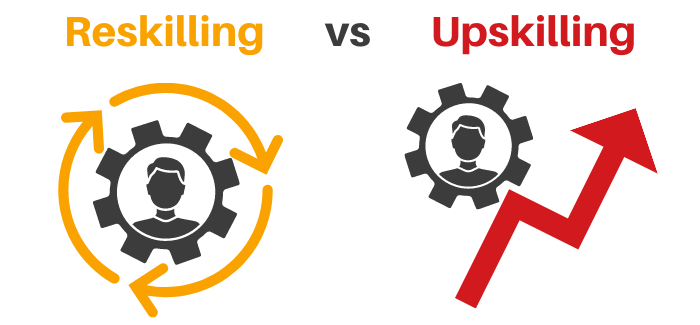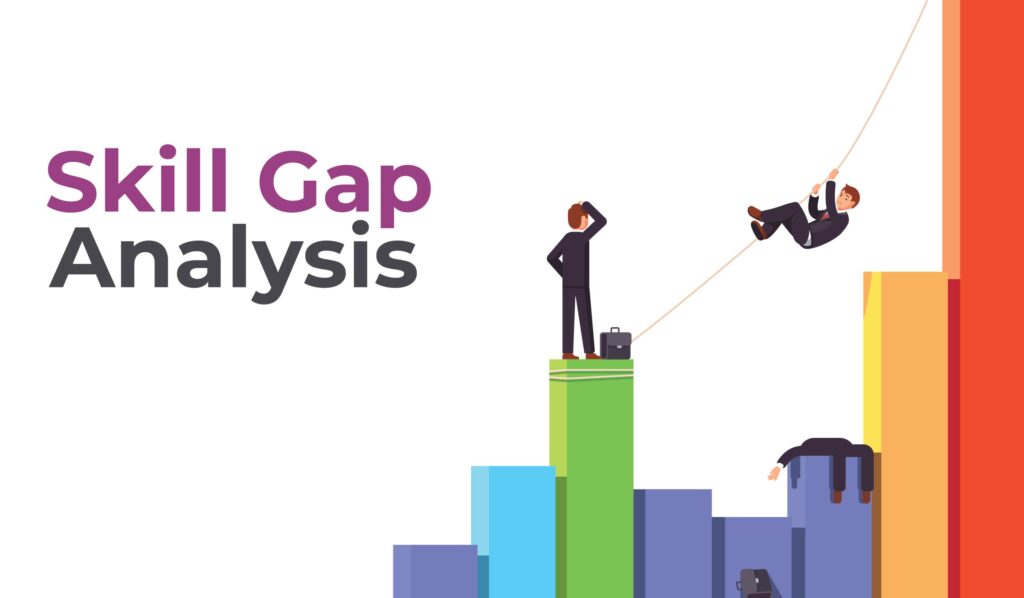Addressing the Skills Gap: Training and Development Solutions
In today’s rapidly changing business landscape, organizations are facing an increasing challenge: the skills gap. The discrepancy between the skills that employers need and the skills that employees possess is widening, creating a significant obstacle to growth and innovation. Addressing this gap is critical for maintaining a competitive edge and ensuring long-term success. This blog will explore the causes of the skills gap, its impact on businesses, and how training and development solutions can effectively bridge this divide.

Understanding the Skills Gap
The skills gap refers to the difference between the skills required for a job and the skills that employees currently have. This gap is often fueled by various factors, including technological advancements, shifts in industry demands, and changes in the global economy. As industries evolve, the skills required to perform certain roles also change, leaving many workers with outdated knowledge and competencies.
For instance, the rise of automation and artificial intelligence (AI) has transformed the manufacturing industry, leading to a demand for workers skilled in robotics, data analysis, and AI-driven technologies. Similarly, the digitalization of marketing has increased the need for expertise in digital marketing, data analytics, and social media strategies. However, many employees lack the necessary training to meet these new demands, resulting in a skills gap.
Impact of the Skills Gap on Businesses
The skills gap has far-reaching implications for businesses. It can lead to decreased productivity, as employees struggle to perform tasks for which they are not adequately trained. This, in turn, can hinder a company’s ability to innovate, as the lack of necessary skills stifles creativity and slows down the adoption of new technologies.
Moreover, the skills gap can lead to increased operational costs. Companies may need to invest in additional resources to compensate for the lack of skills, such as hiring external consultants or outsourcing certain tasks. Additionally, the skills gap can negatively impact employee morale and retention. Workers who feel ill-equipped to perform their jobs may become disengaged, leading to higher turnover rates and further exacerbating the skills gap.
Training and Development: A Solution to the Skills Gap
To address the skills gap, organizations must invest in robust training and development programs. These programs can help employees acquire the skills they need to excel in their roles, adapt to new technologies, and contribute to the organization’s growth. Here are some effective training and development solutions:
1. Continuous Learning Culture
Creating a culture of continuous learning is essential for bridging the skills gap. Encourage employees to pursue ongoing education and skill development by providing access to online courses, workshops, and seminars. This not only helps employees stay current with industry trends but also fosters a mindset of lifelong learning.
**Example:** Companies like Google and Amazon have embraced continuous learning by offering their employees access to online learning platforms, such as Coursera and LinkedIn Learning. These platforms provide a wide range of courses that employees can take at their own pace, allowing them to develop new skills and stay competitive.
2. Customized Training Programs
One-size-fits-all training programs are often ineffective in addressing the specific needs of different employees. Instead, organizations should develop customized training programs tailored to the unique requirements of each role and employee. This ensures that employees receive relevant training that directly impacts their job performance.
**Example:** A financial services firm might offer tailored training programs for its different departments, such as risk management, customer service, and financial analysis. By focusing on the unique skills needed in each area, the company can ensure that its employees are well-equipped to meet industry demands.

3. Upskilling and Reskilling Initiatives
Upskilling involves enhancing an employee’s existing skills, while reskilling focuses on teaching new skills to employees whose roles may be evolving or becoming obsolete. Both upskilling and reskilling are crucial in closing the skills gap and preparing employees for the future.
**Example:** A manufacturing company might invest in upskilling its production workers by providing training in advanced robotics and automation. Simultaneously, the company could reskill its administrative staff in data analysis and digital tools to adapt to new ways of working.
4. Mentorship and Coaching Programs
Mentorship and coaching programs can play a significant role in employee development. Pairing less experienced employees with seasoned professionals allows for the transfer of knowledge, skills, and best practices. This hands-on approach helps employees quickly acquire new skills and integrate them into their daily work.
**Example:** A technology company might implement a mentorship program where senior software engineers mentor junior developers, helping them build expertise in coding, project management, and problem-solving.
5. Collaboration with Educational Institutions
Partnering with educational institutions can provide employees with access to advanced training and certification programs. Organizations can collaborate with universities, technical schools, and online education providers to offer specialized courses that align with industry needs.
**Example:** A healthcare organization might partner with a local university to offer a certification program in healthcare data analytics, ensuring that its employees are equipped to handle the growing demand for data-driven decision-making.
6. Leveraging Technology for Training
Technology plays a crucial role in modern training and development. Virtual reality (VR), artificial intelligence (AI), and learning management systems (LMS) can create immersive and interactive training experiences. These tools can simulate real-world scenarios, allowing employees to practice and develop skills in a controlled environment.
**Example:** A construction company might use VR simulations to train workers in safety protocols, allowing them to experience and respond to hazardous situations without risking injury.

Conclusion
Addressing the skills gap is not just about filling immediate skill shortages; it’s about preparing your workforce for the future. By investing in continuous learning, customized training, upskilling and reskilling, mentorship, and leveraging technology, organizations can close the skills gap and empower their employees to thrive in an ever-evolving business landscape. The result is a more agile, innovative, and competitive organization that is well-positioned to meet the challenges of tomorrow.

